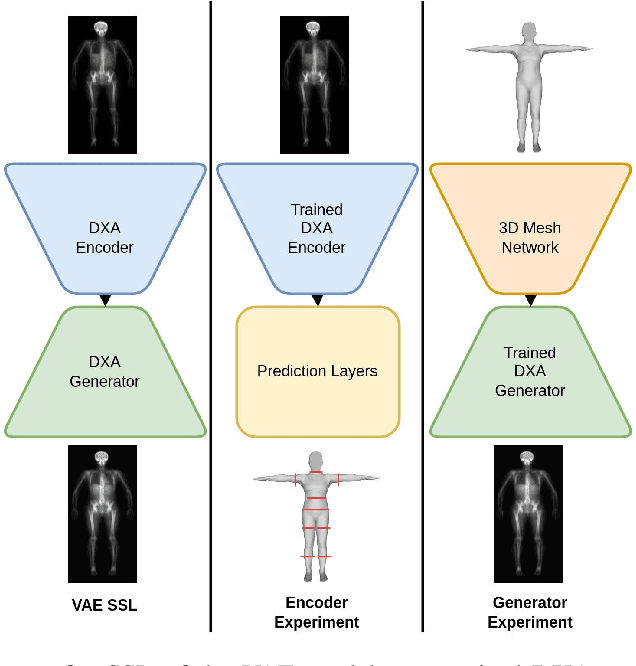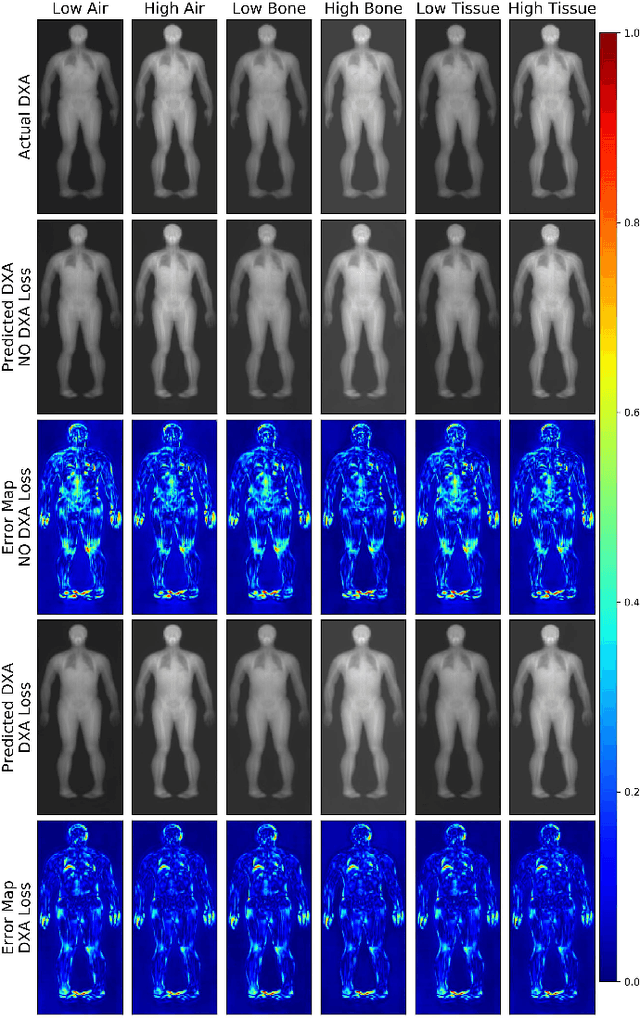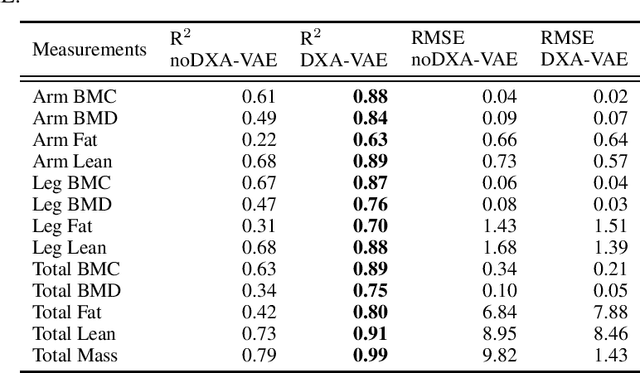Lambert T. Leong
Quantitative Imaging Principles Improves Medical Image Learning
Jun 14, 2022



Abstract:Fundamental differences between natural and medical images have recently favored the use of self-supervised learning (SSL) over ImageNet transfer learning for medical image applications. Differences between image types are primarily due to the imaging modality and medical images utilize a wide range of physics based techniques while natural images are captured using only visible light. While many have demonstrated that SSL on medical images has resulted in better downstream task performance, our work suggests that more performance can be gained. The scientific principles which are used to acquire medical images are not often considered when constructing learning problems. For this reason, we propose incorporating quantitative imaging principles during generative SSL to improve image quality and quantitative biological accuracy. We show that this training schema results in better starting states for downstream supervised training on limited data. Our model also generates images that validate on clinical quantitative analysis software.
Digit Recognition From Wrist Movements and Security Concerns with Smart Wrist Wearable IOT Devices
Apr 22, 2020



Abstract:In this paper, we investigate a potential security vulnerability associated with wrist wearable devices. Hardware components on common wearable devices include an accelerometer and gyroscope, among other sensors. We demonstrate that an accelerometer and gyroscope can pick up enough unique wrist movement information to identify digits being written by a user. With a data set of 400 writing samples, of either the digit zero or the digit one, we constructed a machine learning model to correctly identify the digit being written based on the movements of the wrist. Our model's performance on an unseen test set resulted in an area under the receiver operating characteristic (AUROC) curve of 1.00. Loading our model onto our fabricated device resulted in 100% accuracy when predicting ten writing samples in real-time. The model's ability to correctly identify all digits via wrist movement and orientation changes raises security concerns. Our results imply that nefarious individuals may be able to gain sensitive digit based information such as social security, credit card, and medical record numbers from wrist wearable devices.
 Add to Chrome
Add to Chrome Add to Firefox
Add to Firefox Add to Edge
Add to Edge